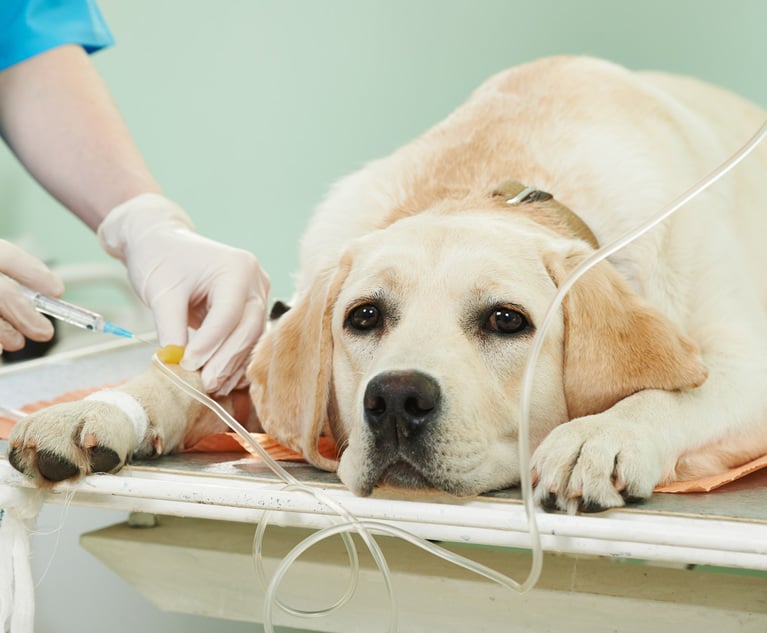
Artificial intelligence, emerging technologiesand changing consumer expectations are just some of the issuesimpacting auto sales, insurance and repairs according to the2018 Crash Course study from CCC Information Services,Inc.
|With 17.25 million vehicles sold in 2017, slightly down from2016, the 2% increase in average vehicle prices to $36,113 meant itwas still a strong year for manufacturers. Higher vehicle costsalso means increased insurance premiums, leading insureds to optfor higher deductibles should they be involved in an accident.According to the CCC report, 19% of all collision claims had adeductible of $500 or more, although the average repair generallycosts significantly more than the deductible.
|Related: 5 artificial intelligence tools defining the futureof P&C insurance
|Auto technology improves
Manufacturers are working towards greater “vehicle connectivity, vehicle autonomy and vehicleelectrification, powered by advancements in computer power,machine learning and artificial intelligence,” said Susanna Gotsch,Crash Course author and lead analyst for CCC. “Our industry hasnever moved faster or been so exciting. Advances in digitization,artificial intelligence, the internet of things, and sensor andcamera technology are driving dramatic changes and improvements inautomotive technology.”
|Connected vehicles are enabling vast amounts of informationabout a vehicle's health, driving data (the vehicle and driver's),performance, as well as vehicle-to-vehicle data to be collected bymanufacturers, insurers and other parties. Some of the information can help insurers with moreaccurate policy underwriting.
|SMA research anticipates that 70% of all auto insurers will beusing telematics by 2020. The benefits include a shorter delay infiling the first notice of loss with an insurer, since crash datacould conceivably be sent to the insurer, first responders (in theevent of bodily injuries) and to the repairer.
|Technology usage in other areas has affected policyholders'expectations for the insurance industry. Like online retailers whoprovide constant updates when packages have been dispatched, areen-route and will be delivered, insurers and repairers are expectedto provide similar information to policyholders about their claims.Recognizing the importance regular communication has on customersatisfaction ratings, multiple insurers are utilizing programs toprovide policyholders with regular updates on their claimsstatus.
|Related: Value, not discounts, key to commercial linestelematics
|The ups and downs of ride-sharing
As the use of ride-sharing increases, so doesthe number of vehicles on the road and miles driven. The Instituteof Transportation Studies at UC Davis studied ride-hailing in sevenU.S. cities and found a 6% drop in the use of public bustransportation and a 3% drop in light rail use.
|In New York City, increased ride-sharing usage accountedfor declines in the use of taxi and private car services. Forbusiness travelers, ride-sharing now accounts for 65% of the groundtransportation costs according to the Center for AutomotiveResearch, while taxis only account for 7% and car rentals for 28%.Even airports are reporting a major drop in fees from parking, carrental companies and taxis.
|Related: Uber barred from imposing new contract on driversin pay lawsuit
|Auto repair costs climb while collision severitydrops
The increased use of advanced driver assistance systems (ADAS) suchas front crash prevention, blind spot detection, lane departurewarnings, park assist, obstacle detection and back-over preventionis having a positive impact. While these technologies are notmandated by the National Highway Traffic Safety Administration(NHTSA), the Insurance Institute for Highway Safety (IIHS) andNHTSA announced in 2016 that 20 major auto manufacturers hadvoluntarily committed to making front crash prevention systemsstandard on most models (approximately 99%) by 2020.
|Related: 4 reasons why smart mobility and autonomous drivingwill cause disruption
|Studies by the Highway Loss Data Institute (HLDI) and IIHS havefound that vehicles equipped with forward collision warning systemshave reduced rear-end collisions by 23%, and accidents involvingvehicles with automatic emergency braking dropped by 40%. The CCCreport finds that in addition to fewer accidents, these systems mayalso help reduce the number of incidents involving cyclists andpedestrians.
|While these technologies have shown promise in reducing thenumber and severity of accidents, the cost to repair vehiclescontinues to rise. CCC said the average cost for a repair increased2% in 2017 to $2927. Repair costs for non-comprehensive losses ran2.3% higher in 2017 than the previous year, with costsfor current model vehicles running slightly higher at 3.7%.Costs to repair vehicles that were one to three years oldincreased 3%.
|However, there is a significant difference in repair costsdepending on the age of a vehicle. Average repair costs for newvehicles compared to older ones increased from 47% to 69% over thelast five years. “Dollars for replaced parts as a share of totalrepair costs and the average number of replaced parts per claimhave increased — particularly for newer vehicles,” said Gotschin her report.
|The increased use of driver assistance technologiescan help mitigate or even prevent accidents, but like cellphones and other technology, they will also change driverbehaviors. For insurers, this could also mean changes in liabilityand the types of insurance coverage required for a vehicle. Theactual repair costs, while higher, could be offset by fewer overallaccidents, which would have a long-term impact on parts suppliersand repair shops as well. The changes for all are probably comingmore quickly than anyone expects.
|See also:
||Want to continue reading?
Become a Free PropertyCasualty360 Digital Reader
Your access to unlimited PropertyCasualty360 content isn’t changing.
Once you are an ALM digital member, you’ll receive:
- All PropertyCasualty360.com news coverage, best practices, and in-depth analysis.
- Educational webcasts, resources from industry leaders, and informative newsletters.
- Other award-winning websites including BenefitsPRO.com and ThinkAdvisor.com.
Already have an account? Sign In
© 2024 ALM Global, LLC, All Rights Reserved. Request academic re-use from www.copyright.com. All other uses, submit a request to [email protected]. For more information visit Asset & Logo Licensing.








